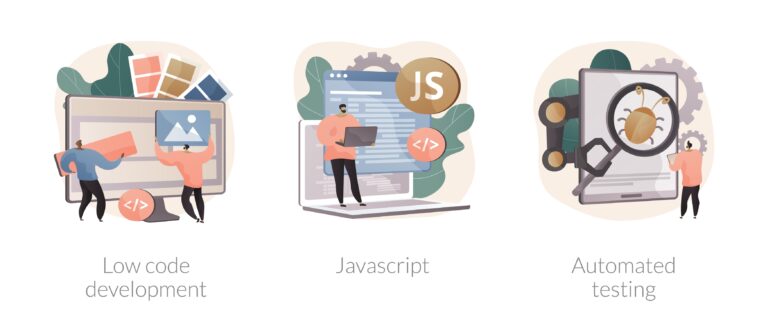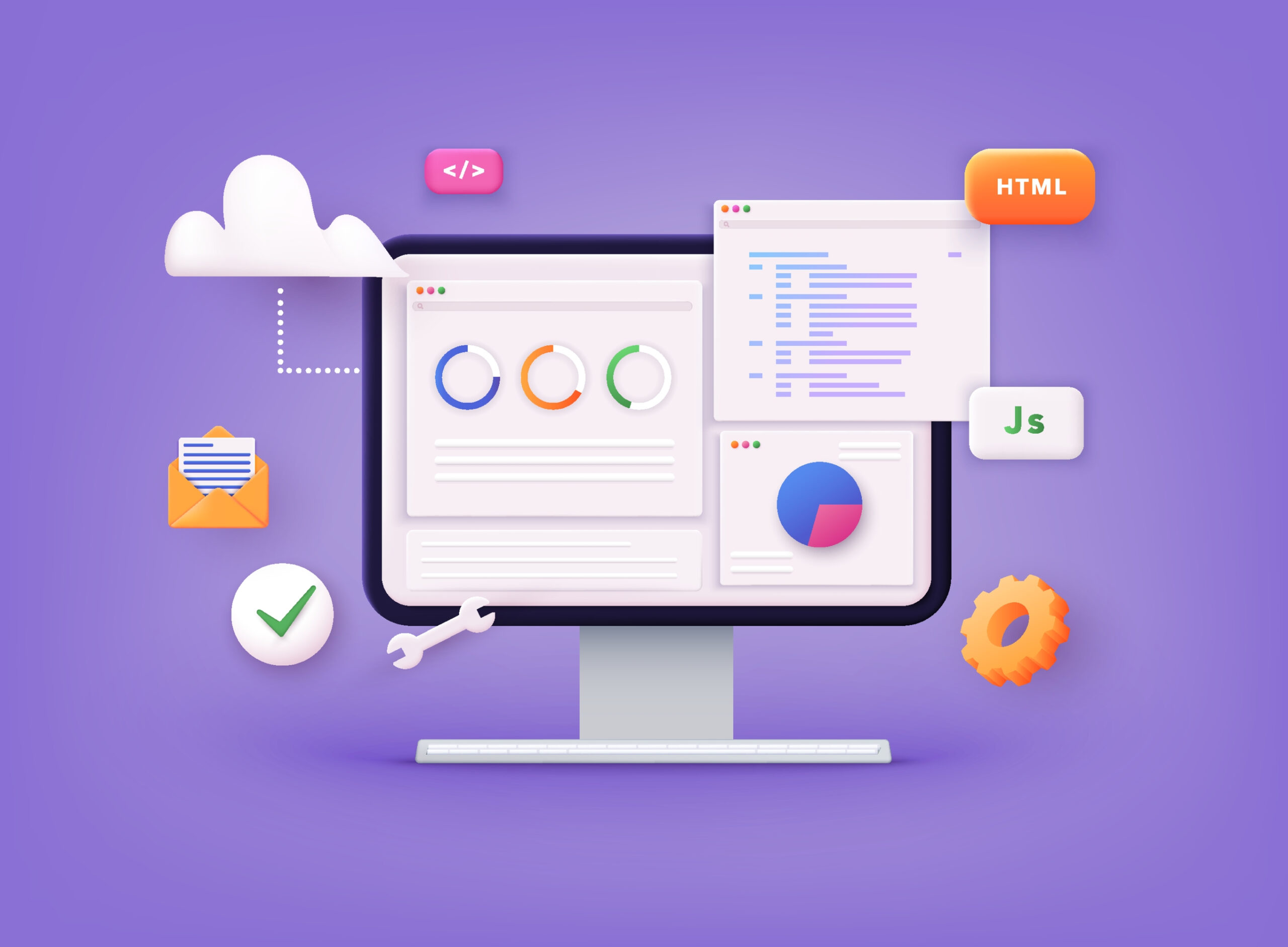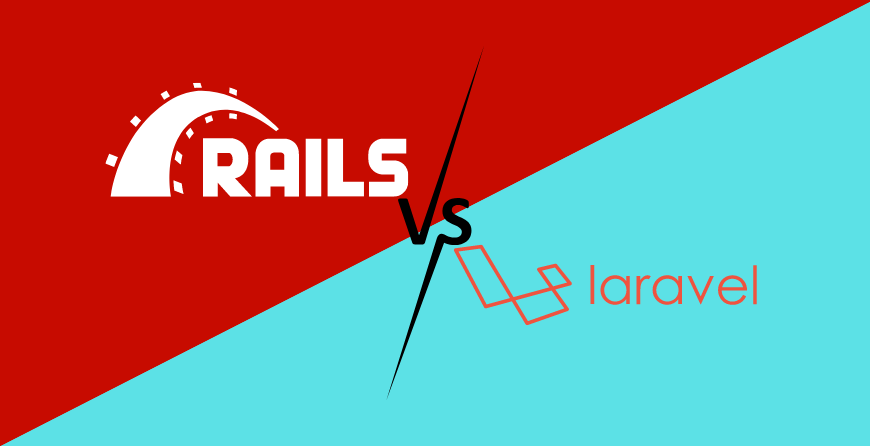Table of Contents
Introduction
JavaScript is the most used programming language in the world. Around 97% of all websites and web applications use it for their front end development. Around 65% of developers use it for their projects. That being said, any engineer can opt for JavaScript application development for a great career.
JavaScript was essentially created for web browsers, it is only recent that it is used in other sectors, specifically in application development. Hence, it is not fully debugged for these new environments. So, how does JavaScript application development works, its benefits for your business and practical applications will be the topic of discussion in the article. Let’s read.
What is JavaScript?

JavaScript is an open source, object-oriented programming language that is mainly used to create interactive web platforms and cross-platform applications. In web development, it is used alongside CSS and HTML. Where HTML provides the structure, and CSS helps in styling the page. While JavaScript adds interactive elements in the page to engage the user.
During JavaScript application development process, A developer can use elements such as pop-up menus, sliders, multimedia, controllable buttons, etc., to dynamically create content. That’s its primary function, to turn static pages into dynamic. JavaScript has uses in both the client side and server side of the application.
Some of the core JavaScript application examples which manipulate the behavior of a page are-
- >Zoom in/out feature
- >Display timer and animations
- >Showing and Hiding content
- >Sliders to show content on homepage
One interesting fact about JavaScript application examples is that although they are well-established, they can also be used as variables.
What Makes JavaScript So Important?
One important feature of JavaScript is that it is native to the web browsers. You do not have to compile it as it is already integrated in the browser. Hence, the applications can directly execute the code. There are also uses of JavaScript in HTML as being a scripting language, it can easily be integrated into HTML documents. After that it can validate information, modify features, and navigate viewers across the website without communicating with the server.
With regards to JavaScript application development, this ability can increase the interactivity and dynamism at the client-side, and can also save time and resources on the server-end by making it lightweight. JavaScript application development is majorly focused on creating apps for iOS and Android platforms.
What type of applications? You can typically create two types of JavaScript applications:
Types of JavaScript Applications
Hybrid Apps
These are the types of JavaScript applications that need to be integrated with a browser to run. They are based on WebView mode which is a navigation interface that displays the browser window in the app you are using, instead of transferring you to the browser.
In JavaScript application development, WebView can be used to display webpages in an application. That’s the reason these apps are created and executed the same way as web pages using CSS and HTML as well.
Native Apps
These types of JavaScript applications do not run in WebView mode. They do not contain mixture of web pages, instead have completely debugged and compiled structure and syntax, like any other contextual languages.
So, these two are the types of apps we can create. We can also implement certain javascript application development frameworks, libraries and runtime environments such as Node.JS, React.JS to build efficient features. With JavaScript and its frameworks, we can create incredible applications that are scalable in market and provide seamless user interactivity. Let’s talk about some of the most used frameworks and libraries.

Important JavaScript App Development Frameworks and Libraries
Libraries are pre-written codes that you can export innumerous times to help in your coding. They are related to a certain feature, helps you write clean codes and save time. You can export various features from the frameworks and libraries for your JavaScript application development project.
There are many important JavaScript app development frameworks and libraries, let’s discuss some of the widely popular ones.
ReactJS
ReactJS is used to develop interactive and complex user interfaces and can build a robust web application. It is an open-source JavaScript library built by developers from Facebook.
ReactJS is a good fit for developing websites with various components. It is a well-suited JavaScript library for creating feature-rich web applications. So, for complex front-end development or developing a website with extensive features, you can outsource your project to a JavaScript software development company as they will help you to develop it as per your requirements.
You can read our extensive ReactJS web development guide to learn more about this amazing JavaScript library.
AngularJS
It is now called Angular. It is a popular open-source JavaScript framework used for developing single-page web applications (SPAs). Some of its core features are data-binding, dependency injection, directives, and others. Due to its high performance and speed, it has made a good repo among the developer’s community.
Many of us can be in a dilemma whether to choose ReactJS or AngularJS for website development as both include outstanding features. To better distinguish, you must read AngularJS vs ReactJS to select a relevant one for your website development project.
You can leverage the benefits of this popular JavaScript framework by linking with a reliable AngularJS development company. In addition to SPAs, AngularJS is also widely used for creating progressive web applications (PWAs).
VueJS
VueJS is another open-source JavaScript framework used to develop user interfaces (UIs) and SPAs. It is undoubtedly best for beginners due to its simple documentation and easy-to-learn factors. Top websites such as Grammarly, Upwork, and Adobe are built on the Vue.js framework.
NodeJS
As stated earlier, it is a robust and open-source JavaScript runtime environment that lets you execute the JavaScript code outside a web browser. It is primarily used to develop fast and scalable network applications. It uses the Google V8 engine for code execution. Due to its asynchronous nature, it is widely used for creating real-time and event-driven web applications.
Application of JavaScript in web development
1. Interactive Web Development
JavaScript makes HTML pages more dynamic and interactive. Before JavaScript, web pages were built only with HTML and CSS. HTML and CSS are only capable of creating static pages that can be styled but not interactive aside from hyperlinks. Some of the most popular websites are built with JavaScript, including Google, YouTube, and Facebook.
JavaScript lets you add behavior to the web page where the page responds to actions without loading a new page to request processing. It enables the website to interact with visitors and execute complex actions.
It also enables users to load content into a document without reloading the entire page. Most websites use JavaScript for validation and to support external applications, including PDF documents, widgets, flash applications. Some of the world’s largest tech companies use JavaScript to better the user experience.
2. Web Applications
As browsers and personal computers have continued to improve, JavaScript gained the ability to create robust web applications. Consider applications like Google Maps. If you want to explore a map in Google Maps, all you have to do is click and drag with the mouse. You will see the part of the map that is less detailed and then fills itself in. That’s the work of JavaScript behind the scene.
Various JavaScript frameworks are used for developing and building robust web applications. In an application like Google Maps, if users want to explore a map, all they have to do is click and drag the mouse to get a detailed view. This is powered by JavaScript, which interacts with the browser without communicating with the servers. Popular JavaScript front-end frameworks that help build web apps are React Native, React, Angular and Vue. Netflix and PayPal were developed with AngularJS JavaScript framework and Application Programming Interfaces (APIs).
3. Mobile Apps
One of the most powerful things you can do with JavaScript is to build an application for non-web contexts.
That’s the other way of saying that you can make apps for things that are aren’t on the internet.
For example – Mobile devices are now the most popular way to access the internet. What this means is all of the websites should be responsive. The catch is that the mobile app comes in two major applications, Apple and Android. And those applications are written in completely different languages.
One of the most powerful applications of JavaScript is to create apps for non-web contexts, meaning for things, not on the Internet. With the use of mobile devices at an all-time high, JavaScript frameworks have been designed to facilitate mobile app development across various platforms like IOS, Android, and Windows. React Native framework allows cross-platform mobile app building, where developers can use a universal front end for Android and IOS platforms.
4. Server Applications and Web Server
With the advent of Node.js a few years ago, JavaScript made its way from the browser into the server. Since then Node is adopted by major companies such as Wal-Mart, as a key part of back end infrastructure.
JavaScript is also used to write server-side software through Node.js open-source runtime environment. Developers can write, test and debug code for fast and scalable network applications. JavaScript helps to generate content and manage HTTP requests. Top companies like Walmart, PayPal, Uber, GoDaddy, and many more have adopted Node.js for server infrastructure.
You can create much more robust servers using Node or the standard server application framework Express.js. Many of the previously mentioned Nodes are actually built using MEAN stack (Mongo Express Angular Node) of which Express is the key component.
Node.js allows developers to use JavaScript to create a web server. Node.js being event-driven, it moves to the next call without waiting for the response of the previous call. The servers quickly transfer chunks of data without buffering. The HTTP module uses the createServer () method for creating a server.
Conclusion
You now got the idea of why JavaScript is such a popular choice for application and web development. It has many frameworks and features for both client-end and server-end that will help you in developing user-friendly and scalable applications. If you are looking to implement JavaScript in your projects and want to hire JavaScript developers then Optymize can help. Optymize is an online marketplace which serves developers in various technologies to various clients, including JavaScript Software Development Company. We have pre-vetted developers who will help you build a scalable application. Hire here.







